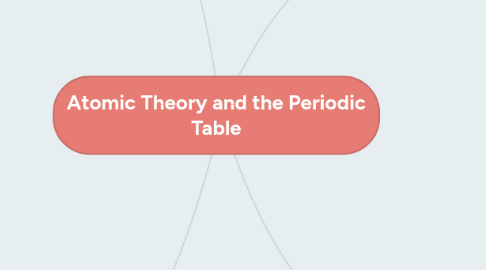
1. Periodic Table Trends
1.1. Electronegativity
1.1.1. attraction of electron pairs
1.1.2. increaes with groups, decreases with periods
1.1.3. highest in halogens
1.2. Ionization Engergy
1.2.1. energy needed to remove an electron
1.2.2. increases with group, decreases with period
1.2.3. highest in noble gases
1.3. Atomic Radius
1.3.1. size of an atom
1.3.2. decreases with group, increases with period
1.3.3. highest in alkali
1.4. Ion Formation
1.4.1. atoms gain or lose electrons to become more stable (like noble gases)
2. Bonds
2.1. the bond of a metal and non metals that gives or recieves electrons to become ions
2.2. Ionic
2.2.1. properties
2.2.1.1. crystal lattice structure
2.2.1.2. solid physical state
2.2.1.3. high melting point
2.2.1.4. water soluable
2.2.1.5. electrically conductive
2.2.2. the attractive force between to atoms or ions that holds them together as a unit
2.3. Covalent
2.3.1. properties
2.3.1.1. true molecule structure
2.3.1.2. liquid or gas state
2.3.1.3. lowe melting point
2.3.1.4. not usually water soluable
2.3.1.5. not electrically conductive
2.3.2. the sharing of valence electrons between two non mentals
2.4. Metallic
2.4.1. properties
2.4.1.1. electron sea structure
2.4.1.2. solid state
2.4.1.3. very high melting point
2.4.1.4. not water solluable
2.4.1.5. always conductive
2.4.2. the delocalization of electrons among metal atoms
2.5. Bond Polartiy
2.5.1. above 1.7 -> Ionic Bond
2.5.2. .3 to 1.7 -> Polar Covalent
2.5.3. 0 to .3 -> Non-polar Covalent
2.5.4. determined by difference in electronegativity
3. Electrons
3.1. small negatively charged particles
3.2. Valence Electrons
3.2.1. number of electrons on outermost shell
3.2.2. determined by group/distance from noble gases
3.3. Octet Rule
3.3.1. all atoms want to have 8 electrons for stability
3.4. Electron Configuration
3.4.1. Pauli's principle
3.4.1.1. each orbital can hold 2 electrons with opposite spins
3.4.2. Aufbau's prinicple
3.4.2.1. electrons fill lower engergy orbitals first
3.4.3. longhand
3.4.3.1. 1s(2) 2s(2) 2p(6) 3s(2) 3p(6) 4s(2) 3d(10) 4p(6) 5s(2) 4d(10) 5p(6) 6s(2)...
3.4.4. shortand
3.4.4.1. uses last noble gas as starting point
4. Atoms
4.1. Elements
4.1.1. atoms with the same amount of protons
4.1.2. measurement systems
4.1.2.1. atomic number: number of protons
4.1.2.2. atomic mass: average mass factoring in all isotopes and relative abundence
4.2. Isotpes
4.2.1. varience in amount of nuetrons
4.2.2. mass of Iso #1 (abundence) + Mass of Iso #2 (abundence) + ... = average atomic mass
4.3. Ions
4.3.1. varience in amount of electrons
4.3.2. more electons -> anions
4.3.3. less electrons -> cations
4.4. Atomic Theory
4.4.1. nucleus: center of atom containing almoast all of the mass
4.4.1.1. proton
4.4.1.1.1. positively charged particle
4.4.1.2. nuetron
4.4.1.2.1. nuetrally charged particle
4.4.2. electron
4.4.2.1. small negatively charged particle
